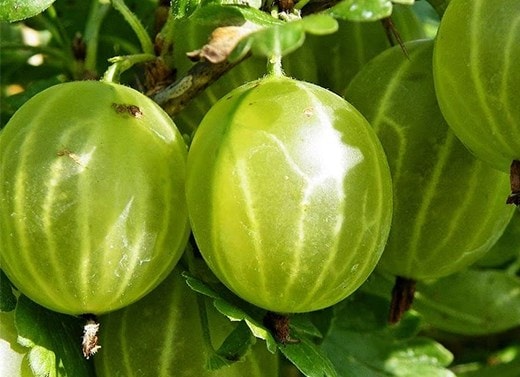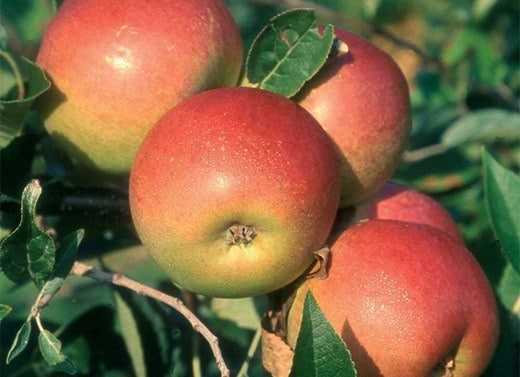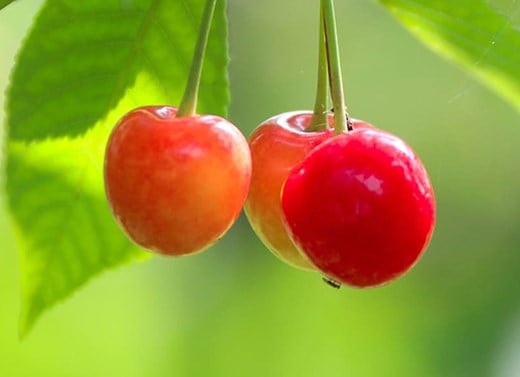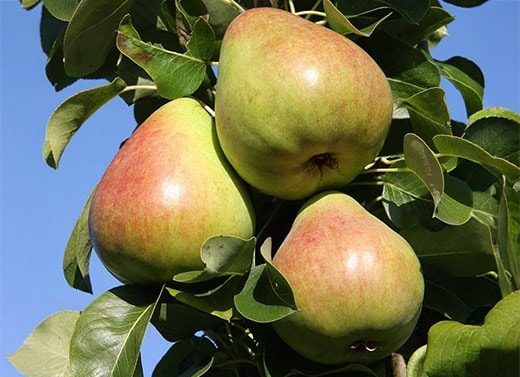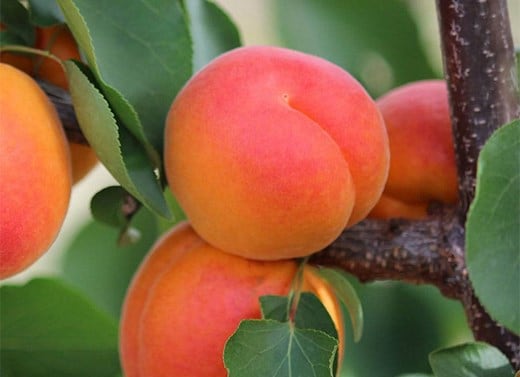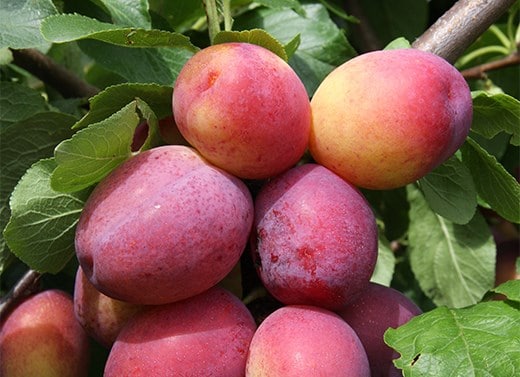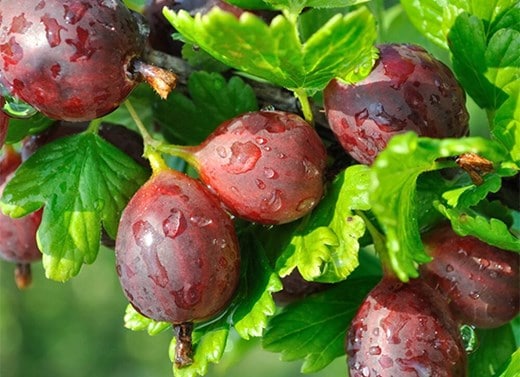Grow your own
Prepare for a new season of homegrown produce with potatoes, asparagus and more. Offer on selected lines only.
Shop nowFreshly-picked, home-grown fruit and vegetables will always taste better than those you buy in the shops - and being able to watch them grow and ripen, ready for harvest is also an incredibly rewarding experience. Whether you have a dedicated kitchen garden where you have enough space to grow enough edibles for your entire family, or only have a few pots on the balcony or terrace for some potatoes, herbs, tomatoes and perhaps a dwarf apple tree, then we've got loads of great varieties for you to choose from.










